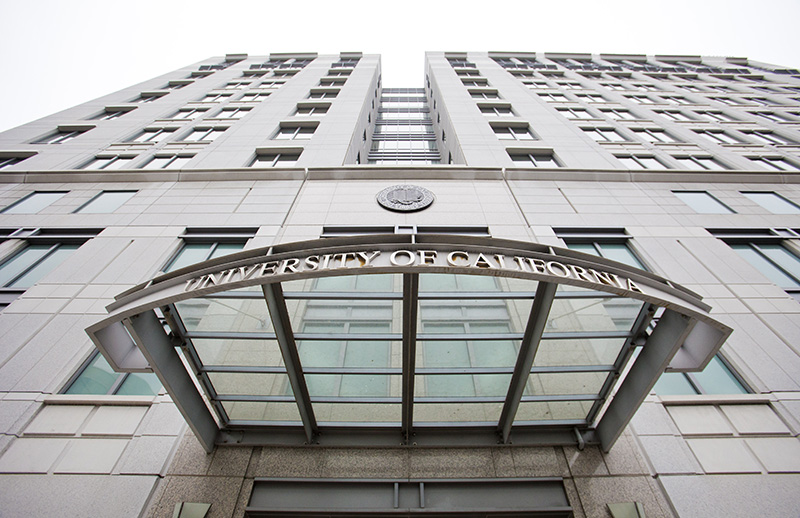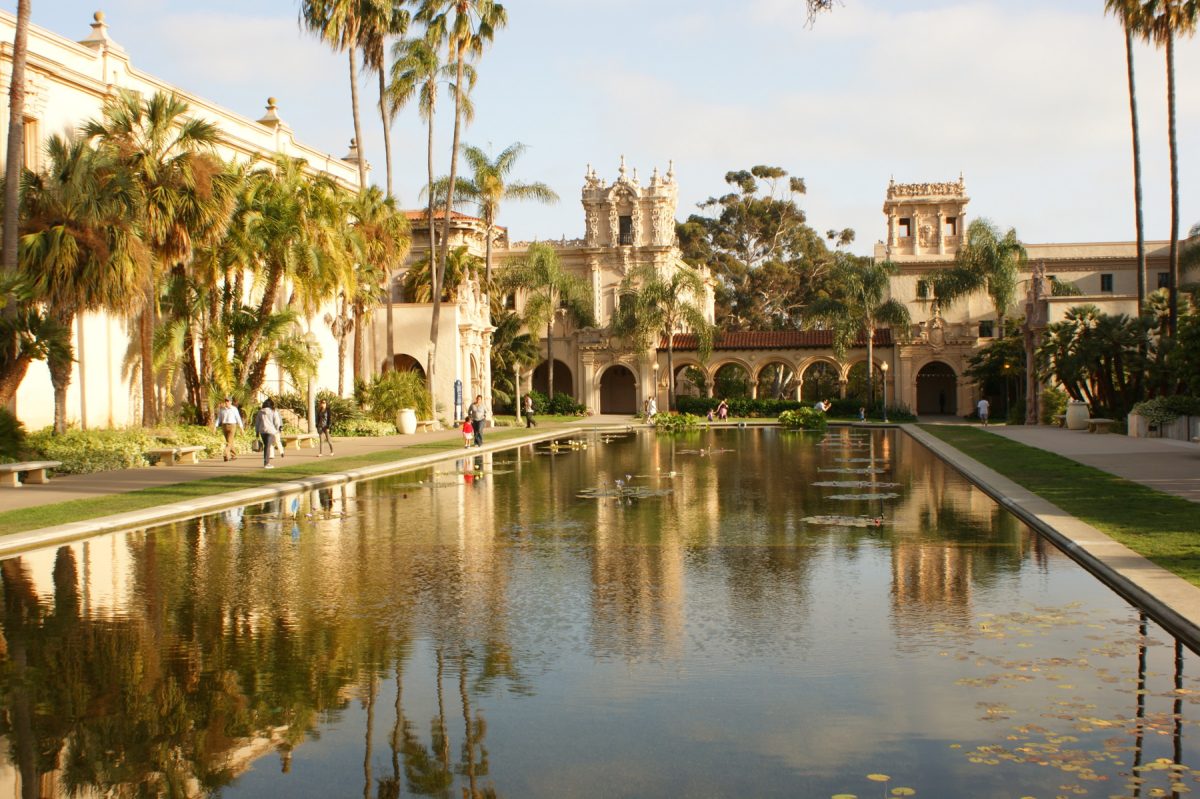UCSD Alumni and Community Engagement hosted the first of a new faculty symposium series titled “UC San Diego & You” at Google headquarters in Silicon Valley on March 14. The series is intended to display the impact that UCSD’s faculty and research has had on the world as a means of connecting the UCSD community with the global one.
“We are here to share the impact UC San Diego has on our society and world,” UCSD Chancellor Pradeep K. Khosla told UCSD News Center. “We want to demonstrate the different types of thinking we foster — design thinking, open-ended creative thinking, entrepreneurial thinking, problem solving, computational thinking — this is where we are headed as a campus.”
Associate Vice Chancellor for Advancement Armin Afsahi also thinks that the event exhibits the strength of the relationship between UCSD and Google.
“Nearly 500 UC San Diego alumni are employed here, and that partnership revolves around talent, research and innovation — all three of which were exemplified tonight in the speakers, as well as the audience and the connections made between them,” Afsahi said.
At the first symposium, five UCSD faculty members delivered short lectures to an audience of over 150 alumni, donors and parents.
The first of the featured speakers was Brenda Bloodgood, a UCSD 2001 alumna and a neurobiologist with the Center for Brain Activity. Bloodgood’s research examines how the interaction between DNA and brain activity allow humans to sense, act and have cognition.
Associate professor of chemistry and biochemistry Nathan Gianneschi next presented about the impact that nanotechnology can have on modern medicine. His team is currently developing nanoparticles that, once injected into the body, can travel into and effectively deliver medicine to inflamed problem areas, such as tumors.
Following Gianneschi’s talk, co-founder and associate director of UCSD’s Design Lab Scott Klemmer shared his theory that design is the only element that merges the physical, digital and social worlds. Klemmer believes that design is its own practical science and that turning it into a separate discipline will allow researchers to more effectively discover ways to improve how our lives function.
“When we design, we’re inventing a new future,” Klemmer said. “The role of our research projects is to find out what life is like in that future and then send postcards back to the rest of us.”
Professor at the School of International Relations and Pacific Studies and chair of the 21st Century China Program Susan Shirk spoke next about the constant surprise that she experiences during her research. Most recently, the “strong man rule” of China’s current president Xi Jinping, who she thinks is strikingly similar to Mao Zedong and his rule, surprised her given that Xi and his family suffered greatly under the Maoist regime.
Lastly, professor and chair of nanoengineering Joseph Wang delivered a presentation about the prospect of a real-life “Fantastic Voyage.” In this, various methods of propulsion can pilot nanoengineered vessels to accomplish a wide range of tasks, such as enter a body to attack cancer cells or travel to open waters to clean up oil spills or chemical attacks.
Wang also talked about how the Center of Wearable Sensors, of which he is the director, has gotten closer to creating non-invasive methods of measuring body chemistry. One example of this is a temporary tattoo that Wang’s team recently developed that can determine glucose levels for diabetics right from the skin.
Class of 2014 alumna Liz Chaddock expressed her satisfaction with both the event and the message that it sends.
“It was great to see the Chancellor’s continued support for alumni in the Bay Area,” Chaddock told the UCSD Guardian. “I also enjoyed learning about the latest research from some of my former professors at UCSD, as well as the cutting-edge research being done in other departments.”






